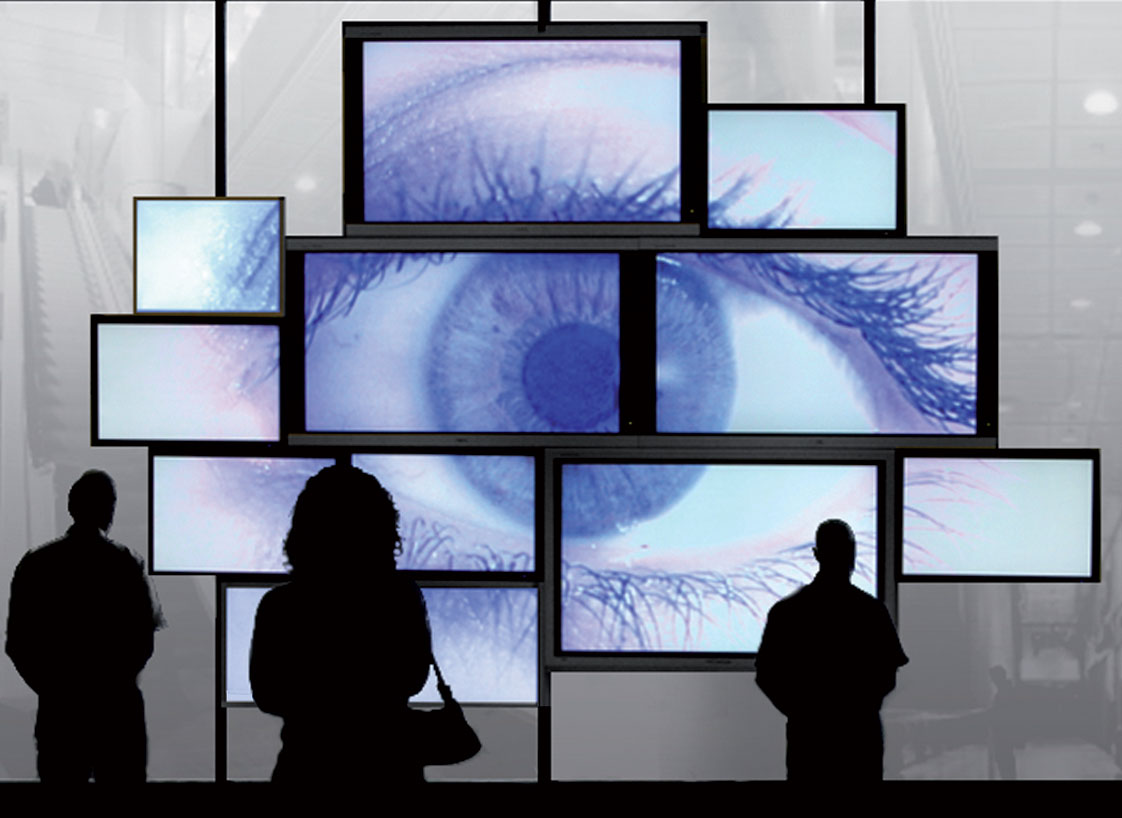Digital Screen is the Way to Go
jessicaadison010 January 17, 2023Digital screen media is visual content designed specifically for delivery on a digital screen. These include LED, LCD, and projection screens inside or outside corporate and public spaces.
Examples of digital screen media are advertising, and product information. These are used in retail environments, branding information of corporate offices, and museums. These also work on installations such as exhibitions, public buildings, and wayfinding installations.
Digital displays differ from other visual communications
Digital screen media differs from other visual communication media because it involves a time dimension. Timing enables content to be displayed in different sequences.
This is due to appeal to a wider range of target groups or to provide more depth and meaning to a specific target group over time. These include visitors to corporate head offices, shoppers in retail stores, or museum visitors.
Digital screen displays come in multiple sizes that vary from one manufacturer to another. The important thing to note is that the physical size of an array is often free of the image resolution it can support.
Therefore, picking a larger display does not confirm that your content will be faster or better. Aside from physical size, the digital display resolution is one of the most important factors to consider when choosing a digital mark display.
Big screen
The big screen provides a relaxed, community atmosphere for everyone to watch sporting and cultural activities, the latest Warwick news, and what’s happening around your business.
Oculus Screens
The video wall is located in the ground floor foyer of Oculus. They provide an important opportunity for visitors and customers alike to receive important communications happening in the building.
Digital display orientation
It’s a good idea to ask your display vendor if the backlighting is compatible with multiple mounting orientations. For example, some displays position the background LEDs in a way that shows one direction over another.
If you plan to install the display in portrait orientation, ensure the display’s background lighting provides coverage so there are no shadows or hot spots. The backlight will always be level however, you must confirm this before installation.
Outdoor applications and high-brightness screens
One another important point to consider is lighting. Most LED indicator screens are backlit meaning the light source is located behind the image which is great for inner applications where there are no bright lights that can affect the digital display.
Sign makers made outdoor displays that can use standard LED screens protected by LED panels or weatherproof housings that come in much larger sizes.
These panels offer a very low resolution. This works very well because the potential viewers are far from the billboards.
Interactive display
Digital displays are also available as touch screens. Touchscreens use many technologies to detect interactivity. Touchscreen technologies have greatly benefited from the tablets and smartphone markets. So, many interactive digital display projects run on tablets.
Smart display
The new trend in digital signage is the smart display. Smart digital displays are also called “system-on-chip” or SoC. Because they consist of an entire computer on a single piece of silicon. Smart displays have more in common with tablets than your run-of-the-mill “dumb” display. They are more popular because they are less expensive and easier to deploy than the same non-bundled components.
SoC displays
SoC displays are difficult to manage and low-powered because manufacturers depend on proprietary operating systems. New generation SoC displays use the more common Android operating system and open up the market to professional-grade digital display software solutions.
Uneven display
Different locations are harmful to most customers and professional-grade digital displays. Enemies are impact, vibration, moisture, steam, grease, extreme heat, and cold. Digital displays designed for these requests must be able to operate externally with normal parameters for extended periods without failure.
Sign makers make hardware that is naturally designed for military applications. There are displays with ballistic-resistant glass for all-weather digital display enclosures or impact protection that are fully waterproof.
Some digital display enclosures include air conditioning systems or heating elements to protect against hot and cold weather.
Conclusion
Digital displays are flat panel screens that depend on various technologies to display multimedia content to the audience. The most common are LCD screens that use liquid crystal cells to display content based on light-emitting diode technology and LED displays.
Digital displays can’t do much on their own. They need some kind of media player hardware and software to play the content for them.



